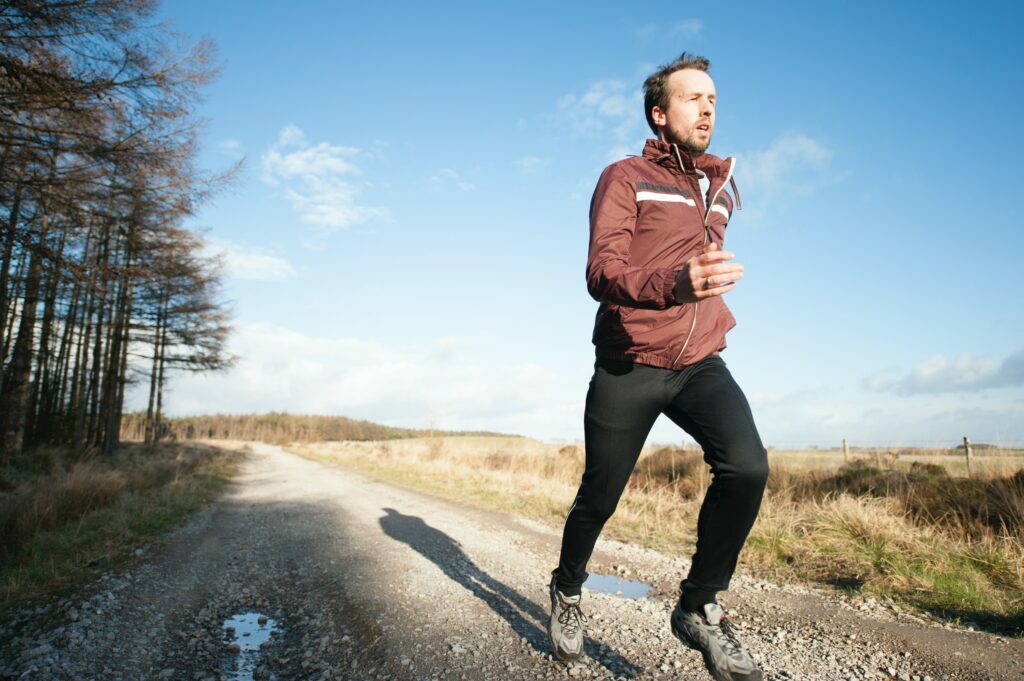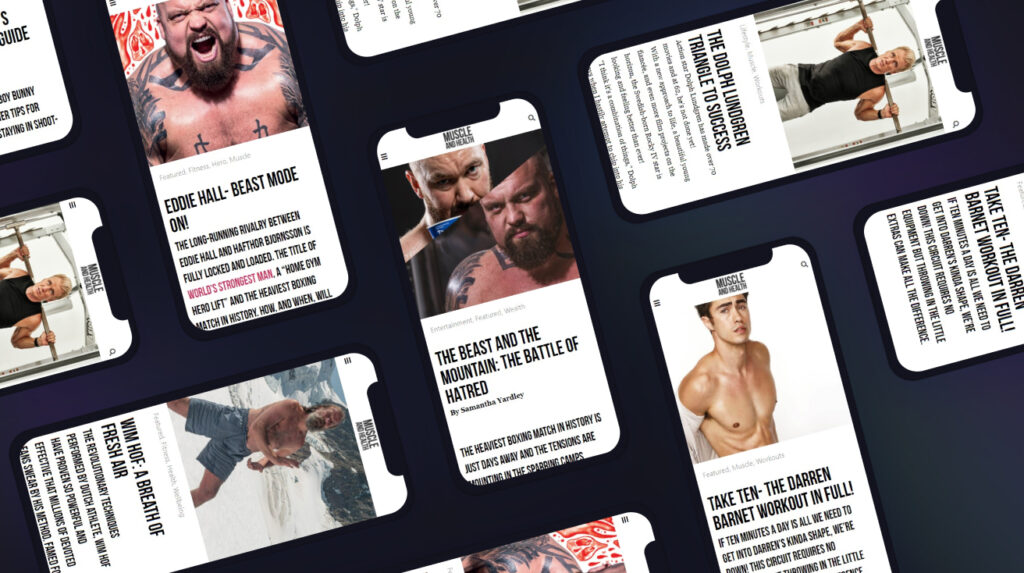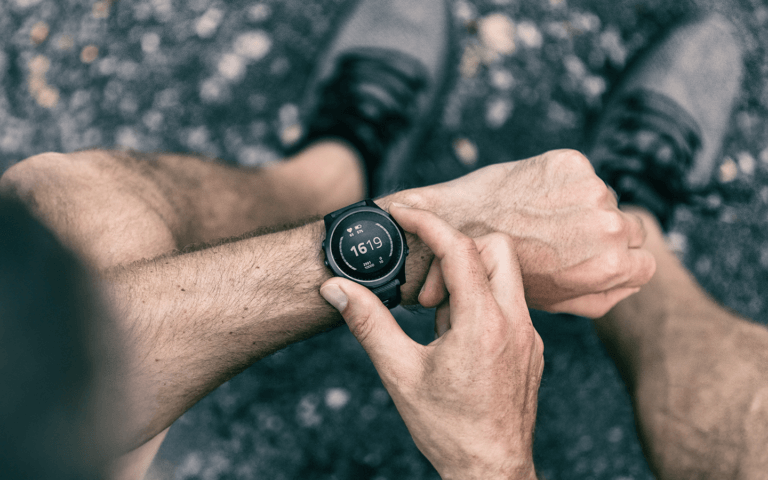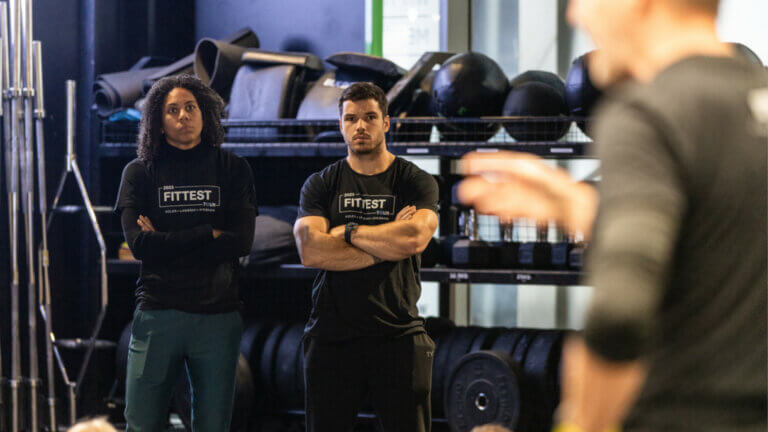The thought of making yourself even hotter in this weather may tempt you to ditch the workout, but for those with fitness goals to hit or who need to exercise for their mental health, you can absolutely keep exercising – even when it’s boiling hot outside.
Luke Hughes, founder at Origym says: “There’s no denying that the heat makes most activities more challenging, but with that added challenge also presents an abundance of benefits for the body; so exercising in high temperatures certainly shouldn’t be something you’re running away from.
“Exercising in hot, humid weather does come with health risks though, such as heat exhaustion and heat stroke, so it is important to know any warning signs, risks, safety measures to take, and also when to stop. Understanding these means you can still enjoy working out during those hotter months and stay safe at the same time.”
How to exercise safely and effectively in a heatwave
How to safely workout when it’s hot whilst still getting the most out of your training:
1 – Hydrate during your workout
Start with a full glass of water and continue to drink regularly throughout the day, especially if you are exercising in the afternoon or later that evening.
Ensure you take a bottle of water with you to your workout to top yourself up. Drinking sips of water approximately every ten minutes will keep you hydrated efficiently.
Stick to water, sports drinks, diluted fruit juices, and teas during the summer months for the best hydration advantages. Avoid drinking alcohol or coffee before or after your exercise as they increase your rate of dehydration.
2 – Hydrate post-workout
Following a workout, you’ll need to replace all the fluid you lost through sweat. Origym’s ‘Sweat Reset Calculation’ allows you to determine exactly how much water you need to drink to rehydrate after your workout:
- If you’re planning a workout that day, weigh yourself naked beforehand. Ideally first thing in the morning after going to the toilet.
- Once you have finished your workout, go to the toilet, and weigh yourself (again naked).
- Calculate the difference in weight and how many kilograms you have lost.
- For every kg you have lost, make sure you drink at least 1.5 liters of water.
3 – Wear clothing that keeps you cool
Loose-fitting, lightweight clothing with light colors that reflect the sunlight are the best option for a warm weather workout.
Choosing breathable and moisture-wicking fabrics will allow hot air to escape, whilst pulling moisture away from your body. This type of fabric enables sweat to evaporate; the best options are: nylon, polyester, and polypropylene. Stay away from 100% cotton. Though breathable, cotton absorbs sweat and won’t dry quickly, so it’s likely to become uncomfortable and ultimately affect your performance.
If you’re outside, opt for a lightweight hat or visor (which you can freeze the night before or dampen with cold water) to keep the sun from your eyes, protect your head and reduce the risk of encountering heat and sun stroke.
4 – Keep your body cool
Exercising in the heat can feel challenging to cool down, so a great tip is to freeze your bottle of water the night before and take it out the freezer 15-20 minutes before you exercise. The ice will thaw in time for your workout and the water will stay colder.
Don’t overdo your warmup, when temperatures are higher, your muscles will warm up quicker. A five-to-ten-minute walk before you start exercising will help you adjust to the temperature without overheating.
During your workout, pause to splash water on your head, back of the neck, under arms and insides of your wrists.
5 – Adjust your expectations
Exercising in the heat and humidity affects performance and can put a strain on your body. It can be frustrating but adjusting your expectations and saving any hardcore fitness challenges for cooler months is a wise move.
Don’t push yourself too hard – take lots of breaks to hydrate, rest and cool down. If at any time you feel dizzy, lightheaded, or unwell, it’s best to stop training altogether.
6 – Avoid the hottest time of the day
You can’t avoid the heat and humidity entirely when exercising in hot weather outside but working out closer to sunrise or sunset when temperatures are lower is best during the hotter months.
Aim to avoid exercising outside in high temperatures that tend to fall between 10 am and 4 pm, as this is when the sun’s intensity is at its greatest. Even when it’s cooler, try sticking to shaded areas.
7 – Replace vitamins and minerals
Valuable vitamins and minerals are lost through sweat and muscle repair in hot weather, therefore it’s important to get enough of the right nutrients to support your recovery and replace nutrients.
Below are key vitamins and electrolytes that can be lost in hot weather, and what you can eat to replace them:
- Sodium Chloride: salted nuts, trail mix, crackers, popcorn, pickles, jerky
- Potassium: bananas, melons, oranges, grapefruit, kiwi
- Magnesium: pumpkin seeds, figs, cashews, peanuts
- Calcium: milk, yogurt, cheese, dairy-free milk drinks with added calcium, green leafy vegetables
- Iron: red meat, beans and pulses, nuts, dried fruits such as apricots, fortified breakfast cereals
- Vitamin C: citrus fruits, peppers, berries, broccoli, potatoes
- Zinc: meat, shellfish, dairy foods, bread, fortified breakfast cereals
How to spot the warning signs of dehydration
You are dehydrated when your body loses more fluids than it has taken in. If left untreated, it can become a serious issue. Dehydration can occur more easily if you have been in the sun too long and sweated too much during exercise.
Symptoms of dehydration include:
- Feeling thirsty
- Feeling dizzy
- Dark yellow and strong-smelling urine
- Tiredness
- Dry mouth, lips, and eyes
- Urinating infrequently, e.g., fewer than four times a day
A pharmacist can help with dehydration by recommending oral rehydration sachets. However, if you have serious dehydration symptoms such as the below, seek medical assistance immediately.
Symptoms needing urgent treatment include:
- Feeling unusually tired
- Suffering from confusion or disorientation
- Dizziness that doesn’t go away when you stand up
- You haven’t urinated all day
- A weak or rapid pulse
- Fits or seizures
With temperatures soaring, you can never be too vigilant! Summer Season Sweat On: Top Tips On How To Work Out Safely In The Heat.






